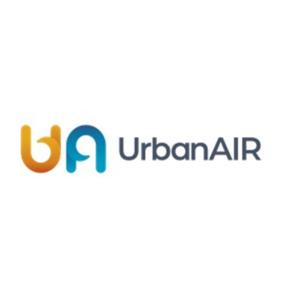 \
&
Contact us
\
&
Contact us
 \
&
Contact us
\
&
Contact us
Published on | 4 years ago
Programmes SPACE Transport Climate/EnvironmentDo you have fresh ideas on how Earth observation data can contribute to monitoring the effects brought on by the COVID-19 pandemic? If so, ESA and the European Commission have launched a new series of monthly challenges asking for innovative solutions on how satellite data can be used to help better understand the effects of the coronavirus on society, economy and the environment.
The first challenge, launched March 1st 2021, focuses on how the pandemic affects shipping traffic as well as related impacts on air and water quality. The general public are invited to propose, and develop, ways to characterise shipping vessel dynamics and their impacts on atmospheric parameters and ocean water quality information using Earth observation data, such as Copernicus Sentinel data.
More information on the challenges and details on how to participate can be found on this page.
We offer news and event updates, covering all domains and topics of Horizon Europe, Digital Europe & EDF (and occasionally, for ongoing projects, Horizon 2020).
Stay informed about what matters to you.
By signing up, you can opt in for e-mail notifications and get access to
a personalised dashboard that groups all news updates and event announcements in your domain(s).
Only for stakeholders located in Flanders

Funded under Horizon Europe (HORIZON-INFRA-2024-TECH-01-03) and running from 2025 to 2028, UrbanAIR develops advanced digital twins that simulate the interactions between urban climate, human behaviour, and policy choices. These models enable cities to explore what-if scenarios, such as new green infrastructure, mobility measures or building designs, and assess their impacts on health, safety and social equity. The project consortium consists of 18 partners from 11 countries. Read more about the project and the contribution of Flemish partner Vito in this testimonial.